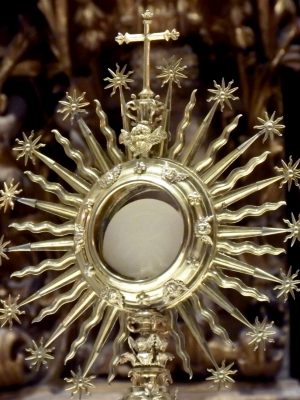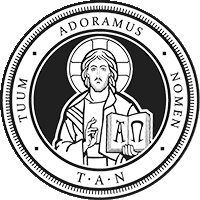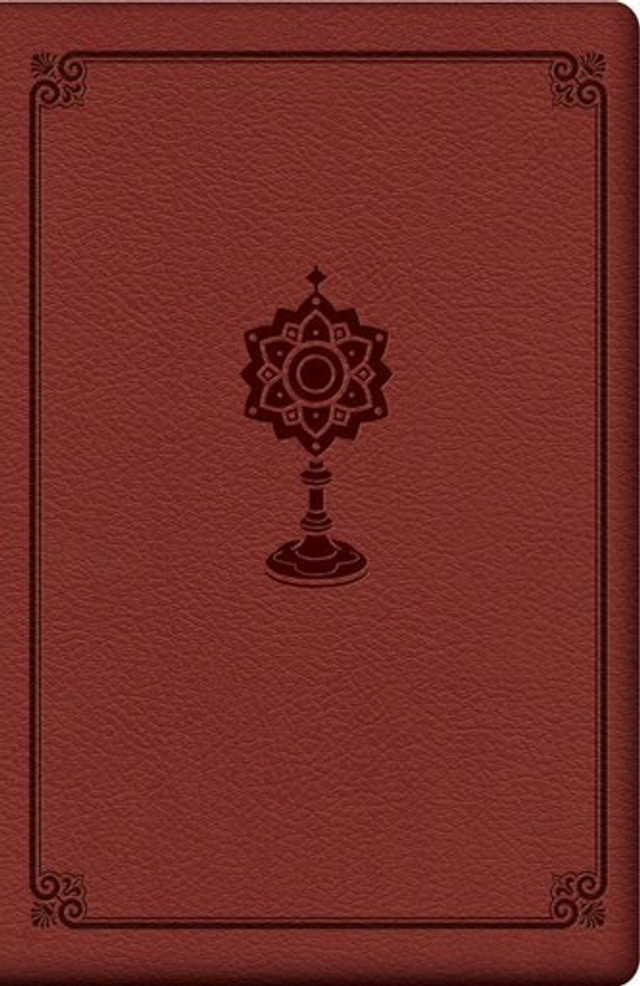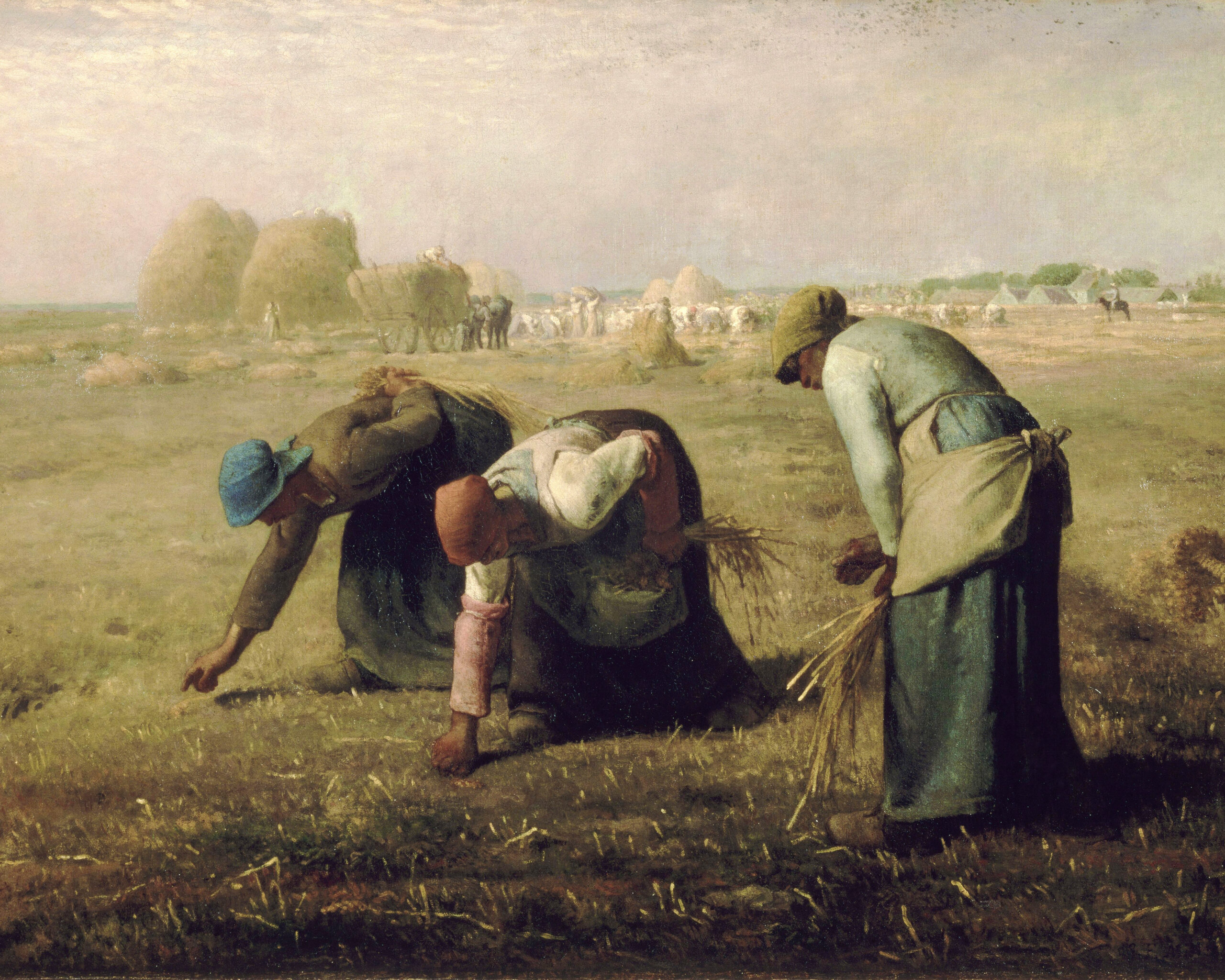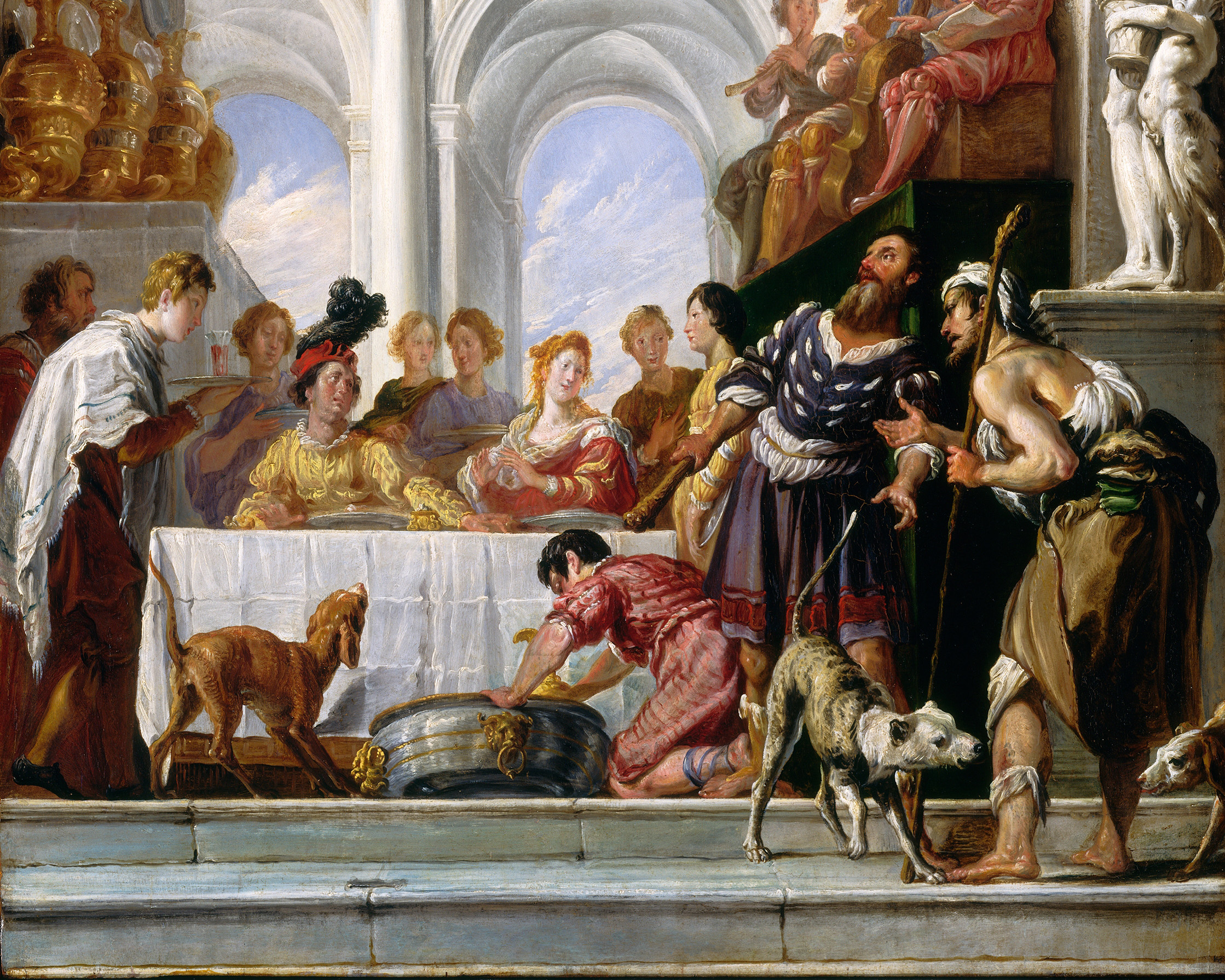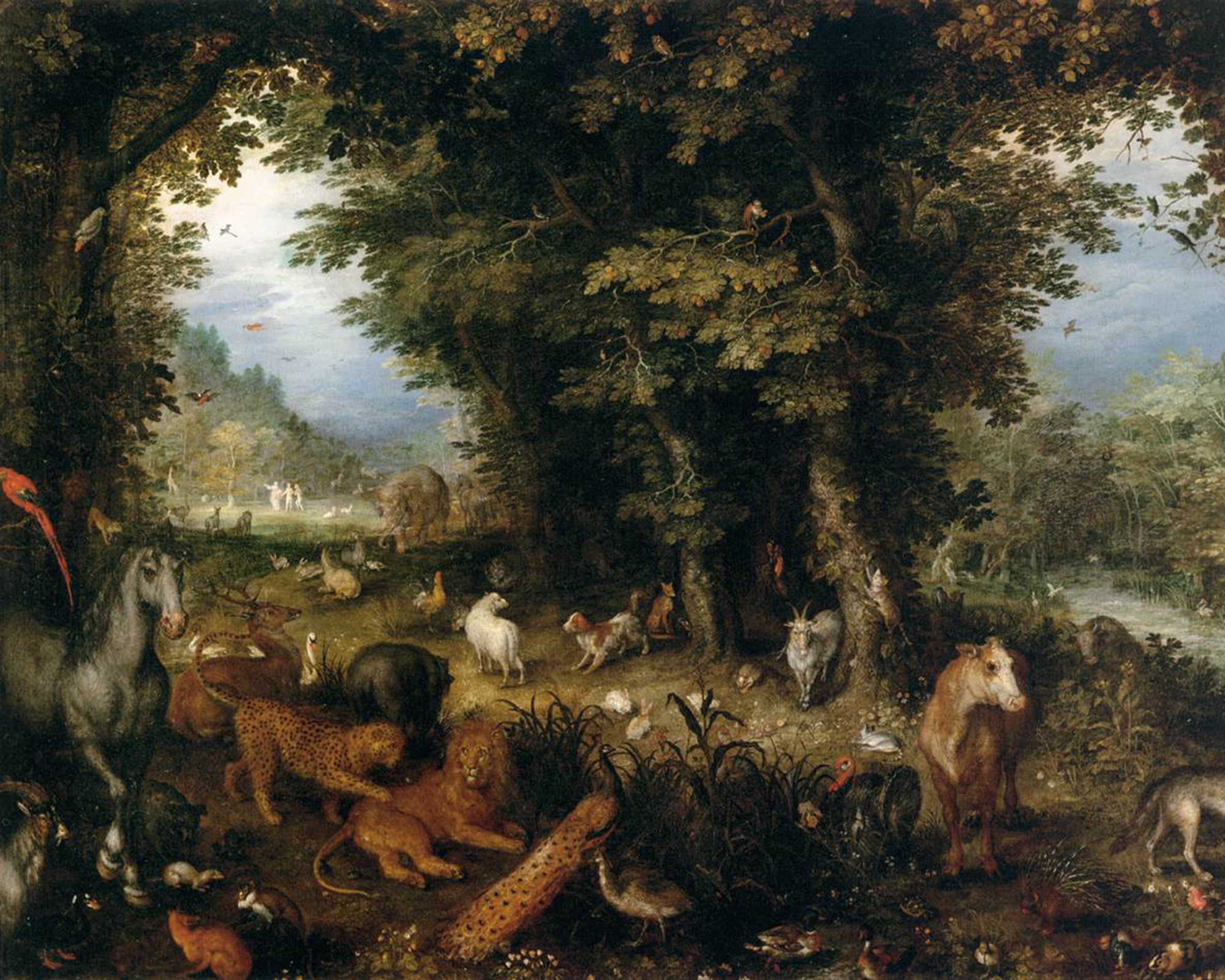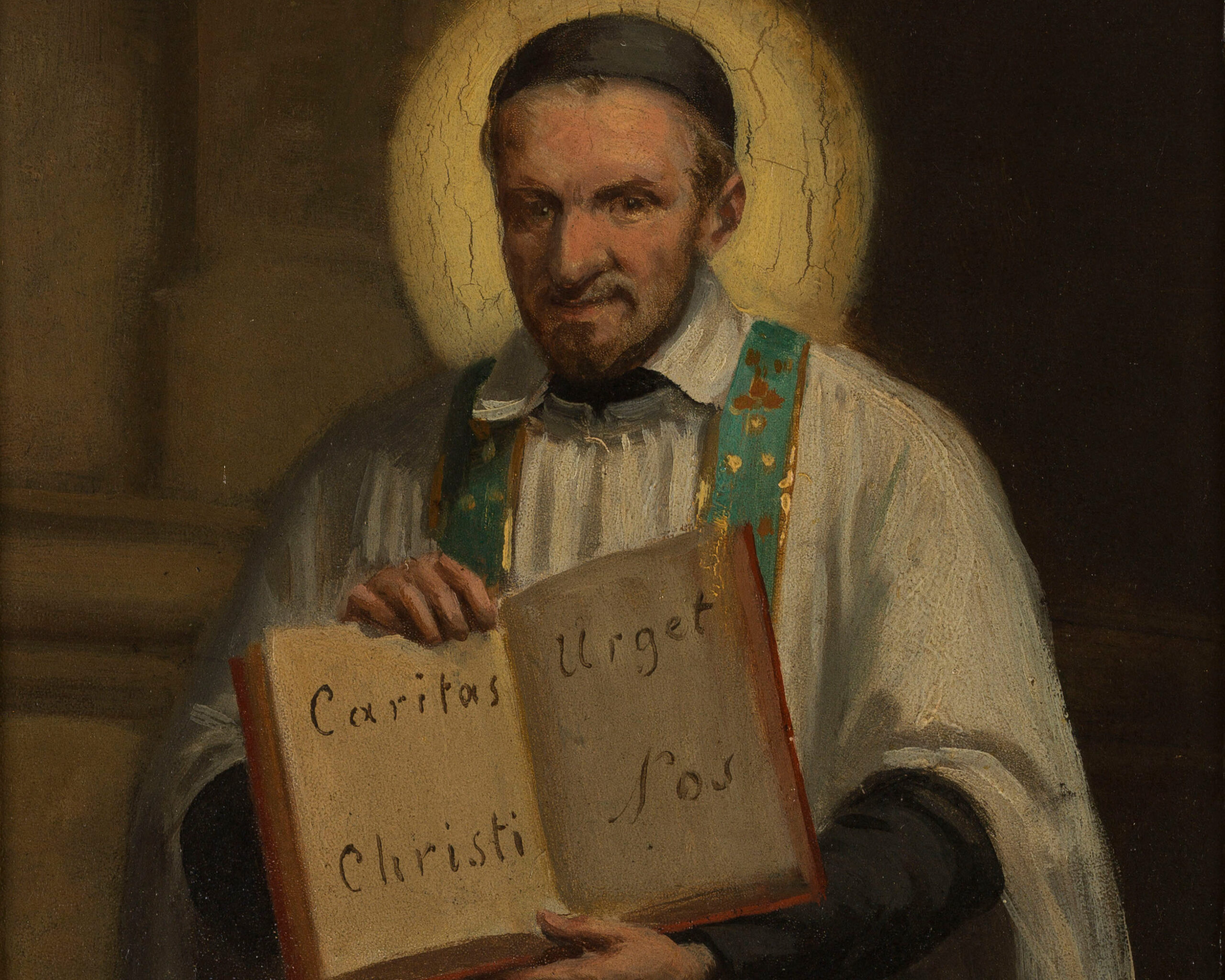Here is a history of Eucharistic Adoration throughout the ages. Starting from the ancient Church, Medieval Church, and ending from the Council of Trent to the present day, these excerpts demonstrate the centrality of the Eucharist to the Catholic Church.
In The Ancient Church
In the days of the early Christians, the Blessed Sacrament was preserved after Mass in order to bring Holy Communion to the sick or to those in prison for their faith. We hear stories, such as that of St. Tarcisius, of Christians risking their lives to carry the Blessed Sacrament to others. Records also show that in the late fourth century, in some dioceses, converts to the faith were invited to adore the Blessed Sacrament exposed for eight days after their baptism.
Early monastic hermits reserved the Blessed Sacrament in their solitary settings. When groups of those dedicated to prayer began to form into communities, this practice was continued. In the great solicitude of our Holy Mother Church, souls yearning for more intimacy with Our Eucharistic Lord were given this opportunity to “dwell with Him,” to spend time apart from the celebration of Mass with Him in adoration.
In The Medieval Church
Across the centuries, devotion centered on this profound and intimate time in close proximity to the Blessed Sacrament continued to develop. In the eleventh century, a French archdeacon challenged the Church’s faith that the Blessed Sacrament was in fact the Body and Blood of Christ. Pope Gregory VII (reigned 1073–85) responded with a definitive statement of what the Church had always believed.
After the controversy was resolved, Eucharistic adoration began to flourish. The Church soon instituted processions of the Blessed Sacrament, prescribed rules for Eucharistic adoration, and encouraged the faithful to visit Our Lord reserved in the churches. The martyr St. Thomas à Becket (1118–70), for example, once wrote to a friend that he often prayed for him in the church before “the Majesty of the Body of Christ.”
In 1226, after King Louis VII of France (1120–80) won a victory over the Albigensian heretics who had taken up arms against him, he asked the Bishop of Avignon to have the Blessed Sacrament exposed for adoration in the Chapel of the Holy Cross. The faithful who came to adore were so numerous that the bishop allowed the adoration to continue indefinitely, day and night. This decision was later ratified by the pope, and adoration at Avignon continued uninterrupted until 1792, when the French Revolution halted the devotion. It was resumed, however, in 1829.
Also in the thirteenth century, Pope Urban the IV (reigned 1261–64) instituted the Feast of Corpus Christi (the Body of Christ), commissioning St. Thomas Aquinas to write hymns for the feast. The lyrics for these compositions reflect a profound awareness of Christ’s abiding Presence with us in the Blessed Sacrament and of the reverence, adoration, and gratitude we owe Him for that surpassing Gift.
In the fourteenth century, we find the English mystic Richard Rolle (1300–49) urging Christians to visit a nearby church as often as they can. He explains why: “In the Church . . . there is God upon the altar to hear those who pray to Him and to grant them what they ask and what is best for them.” By the end of that century, the custom of visiting the Blessed Sacrament had become common.
From The Council Of Trent To The Present
In the sixteenth century, new challenges to Eucharistic faith were presented by the various Protestant movements. In response, the Council of Trent solemnly affirmed the age-old teaching of the Church that the Eucharist is truly the Body and Blood of Christ. The Council also declared in 1551 that Our Lord is to be adored in the Blessed Sacrament, honored with festive celebrations, carried solemnly in processions, and publicly exposed for the people’s adoration.
The declarations of Trent prepared the way for a new era of Eucharistic devotion. Pope Clement VIII (reigned 1592–1605) issued a document establishing the practice of the forty hours devotion at Rome, a custom that had been popular in the city of Milan. From Rome, the devotion slowly spread throughout the Church. Adoration of the Blessed Sacrament in Austria took a solemn vow of perpetual adoration. Other cloistered religious institutes were founded for the specific purpose of adoring the Blessed Sacrament day and night. Apostolic religious institutes were established for the members both to practice adoration and to promote it among the faithful. The Congregation of the Sacred Hearts of Jesus and Mary and of the Perpetual Adoration of the Blessed Sacrament of the Altar was one such institute, formally approved in 1817.
The lay faithful came together in their own societies focusing on perpetual adoration. One of the earliest was founded in Paris for women in 1641. Men’s nocturnal adoration societies, such as the Pious Union of the Adorers of the Most Blessed Sacrament (founded in 1810), eventually spread throughout Europe and into North and South America. Such associations received enthusiastic support and encouragement, especially through the teaching of St. Peter Julian Eymard (1811–1868). Pope St. John Paul II has called him “the Apostle of the Eucharist.”
The first Code of Canon Law (1917) urged the faithful to “visit the Most Blessed Sacrament as often as possible” (Canon 1273). The new Code (1983) declares that “unless there is a grave reason to the contrary, a church, in which the Blessed Eucharist is reserved, is to be open to the faithful for at least some hours every day, so that they can pray before the Blessed Sacrament” (Canon 937). Members of religious institutes are instructed that each day they are to “adore the Lord Himself present in the Sacrament” (Canon 663).
For centuries, when popes have faced times of crisis in the Church and in the world, they have called upon the faithful to form Eucharistic processions and to fast and pray, begging God for the protection and help so desperately needed. The popes saw that adoration was a potent remedy for stemming the tide of evil attacking the Church and her flock.
In more recent times, we have seen an even wider spread of the forty hours devotion, Eucharistic congresses, and perpetual adoration chapels. We are now in a time of flowering of the Church’s love for the Most Blessed Sacrament, through deeply Eucharistic popes such as Pope St. John Paul II.
A Foretaste Of Heaven
We have traced the development of Eucharistic adoration throughout history. But we should note that our adoration of the Son of God will continue long after history comes to a close. Adoration of the Most Blessed Sacrament in this Life—the Body, Blood, Soul, and Divinity of Our Lord Jesus Christ—is our preparation for heaven. When we adore Him in the Holy Eucharist, we begin here on earth what we will be doing for all eternity.
In the Book of Revelation, we see glimpses of the heavenly Jerusalem, with multitudes falling down in worship before the throne of the “Lamb who was slain” (Rv 5:12). All these elements are mirrored in the Holy Sacrifice of the Mass, from which flows all Eucharistic devotion. We, the Church militant, with the angels and saints—the Church triumphant—are joined in praise and worship, in thanksgiving and love for the King of kings. He is already seated upon His throne in heaven, yet He is here with us in every tabernacle.
ooo
This article is taken from a chapter in Manual for Eucharistic Adoration by The Poor Clares of Perpetual Adoration which is available from TAN Books.


